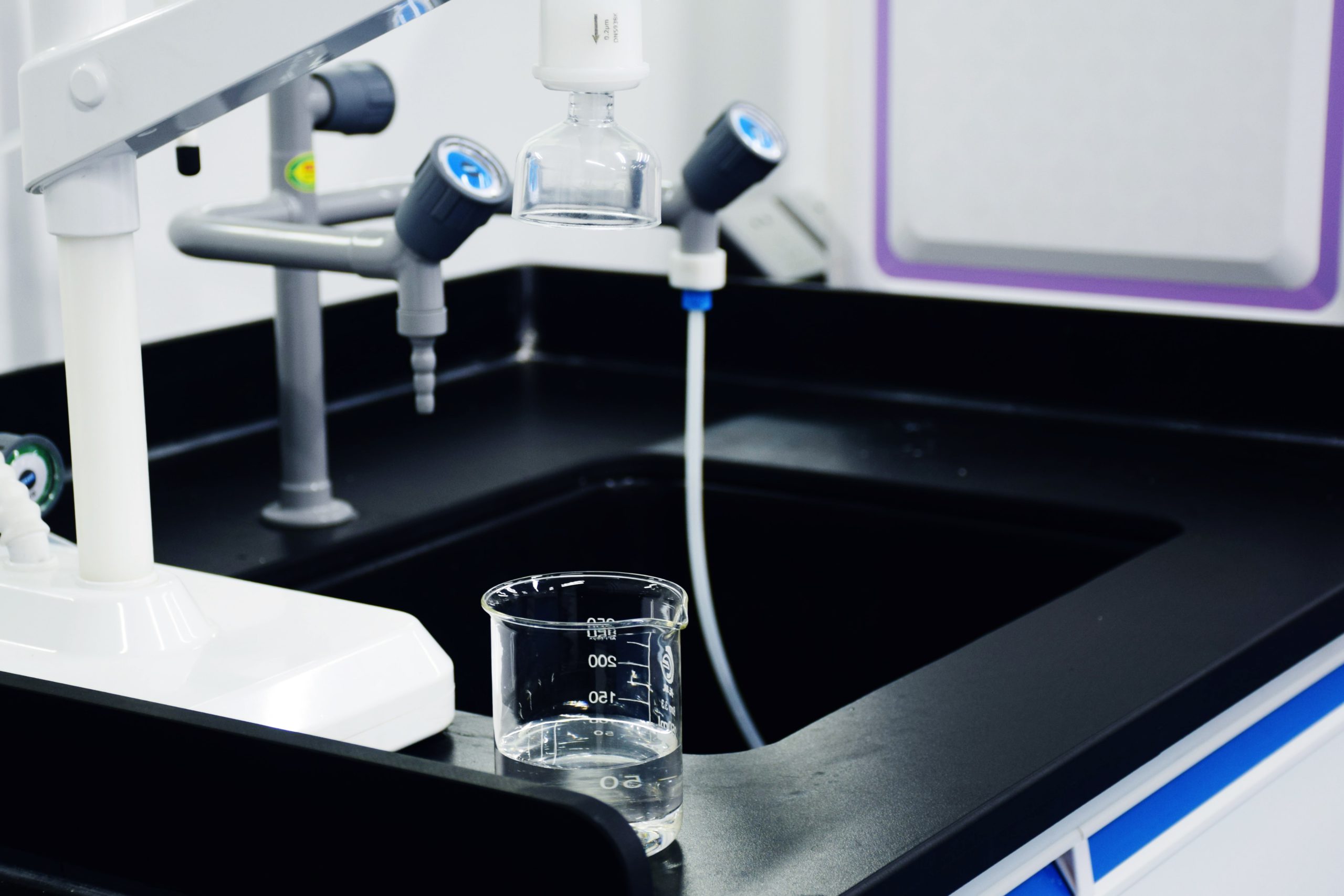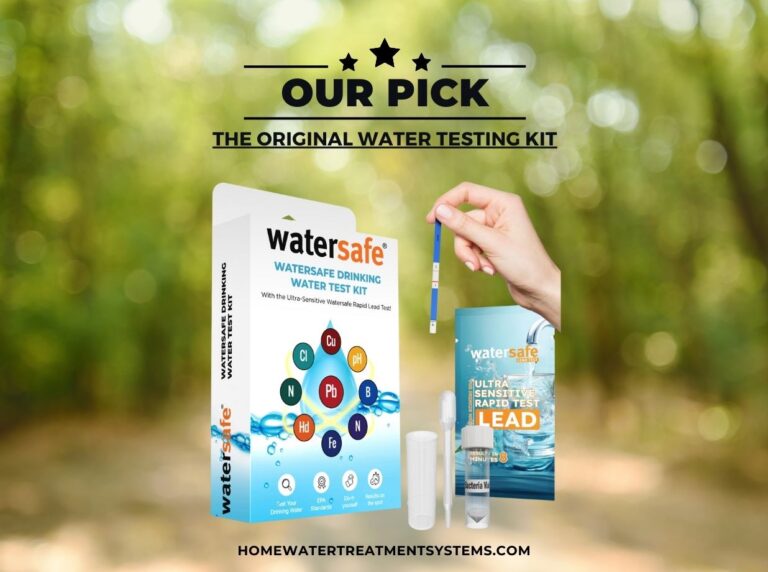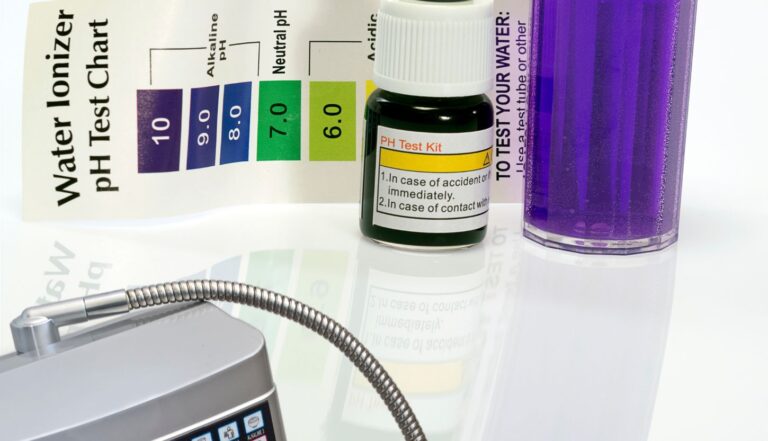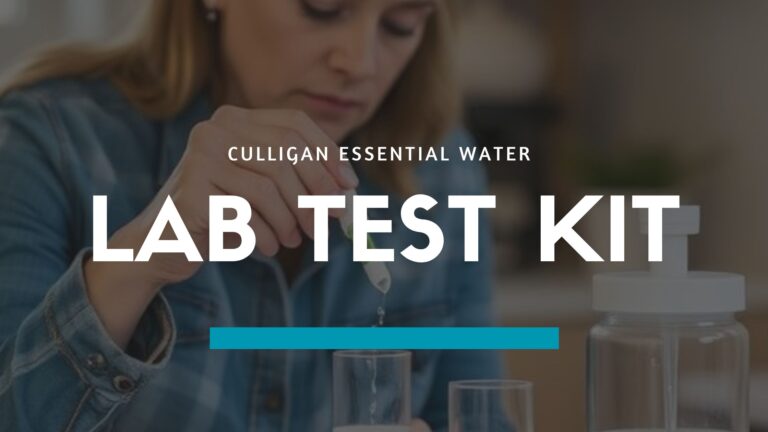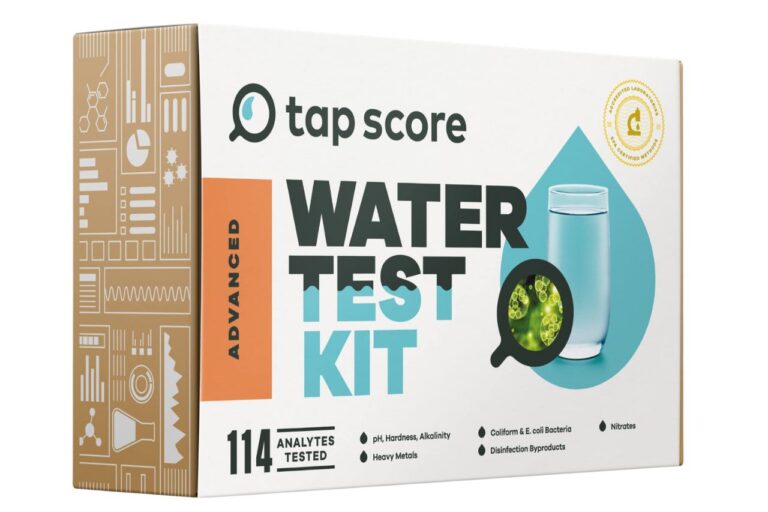Dangers of Lead in Drinking Water – Causes & Health Risks
Lead exposure can cause serious health risks, but what are its effects on drinking water? Find out more about the causes and dangers here.
Lead has long been recognized as one of the most toxic materials in our environment, and its health effects can be severe if ingested. Unfortunately, lead can also enter drinking water sources through plumbing fixtures or from highly corrosive service lines. In this article, learn all about the effects of lead in drinking water and how you can protect yourself and your family.
Why is Lead in Drinking Water Dangerous?
Lead in drinking water is a concerning public health issue that can come from domestic and industrial sources. It can enter our water systems when corrosive service lines, household plumbing fixtures, or industrial waste containing lead are exposed to the water supply. Lead can also occur naturally in groundwater, particularly in areas with high levels of natural mineral deposits.
What Causes Lead Contamination of Drinking Water?
Lead contamination in drinking water usually occurs when the lead-containing fixtures and internals of older plumbing systems leach lead into your water. Lead also gets into the water supply from industrial waste and corrosive service lines, such as those made of cast iron or galvanized steel. If left untreated, this lead-contaminated water can cause serious health risks for those who consume it over time.
Health Effects of Exposure to Lead in Drinking Water
People exposed to lead in drinking water over extended periods can suffer from irreversible learning, memory and behavior issues, developmental delays, decreased attention span, headaches, nausea, and vomiting. Long-term health effects can include high blood pressure and kidney damage as lead accumulates in the body. In pregnant women, elevated levels of lead have been associated with miscarriages, premature births and low-birth weight babies.
Mitigating the Risks of Lead in Drinking Water
The best way to mitigate and manage the risks of lead exposure is to reduce exposure in drinking water. Households with service lines connected to a public supply should have their pipes inspected for lead deposits, and if present, replace them. Also, homeowners should install an effective water filter to reduce contamination from lead in drinking water. Optimally, these filters should be equipped with a third-party certification for lead removal (NSF 53 or 58) and designed for the plumbing system.
How to Test Your Home for Lead in the Water
The only fool-proof way to test for lead in your water is through a sample collected by a qualified lab. Home testing kits are available, however they may not always produce accurate results. If there is reason to suspect high levels of lead in your water, it is best to get the sample tested professionally.
Conclusion
Lead in drinking water is a serious public health hazard that may originate from both residential and industrial sources. When corrosive service lines, domestic plumbing fixtures, or industrial waste carrying lead are exposed to the water supply, lead enters our water systems. This lead-contaminated water, if not treated, may pose major health hazards.
Elevated lead levels have been linked to miscarriages, early deliveries, and low-birth-weight newborns. A sample taken by a licensed lab is the only foolproof technique to test for lead in your water. There are home testing kits available, however they may not always yield reliable findings.

